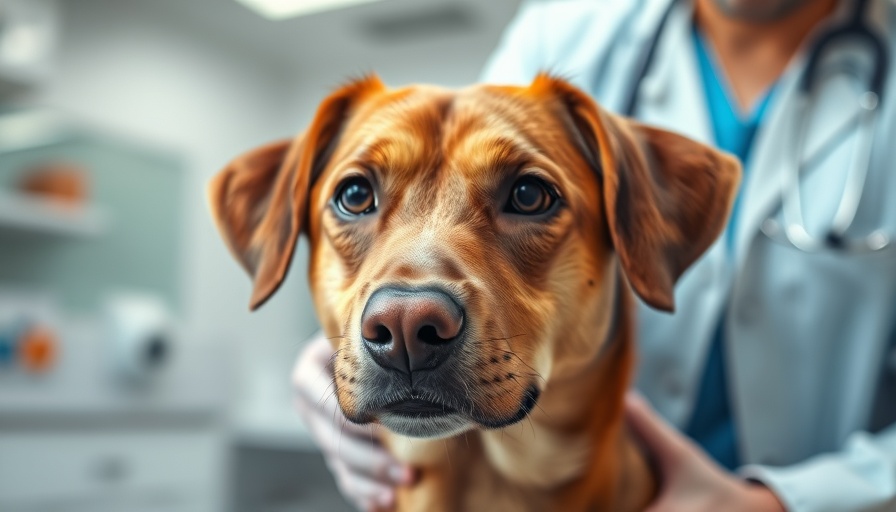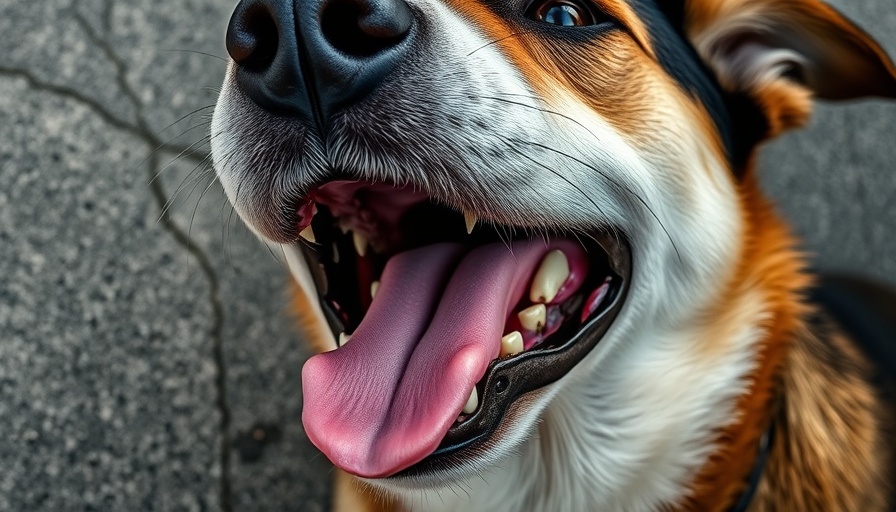
Understanding Your Dog’s Fear of Thunderstorms
Just like humans, dogs can experience a range of emotions, including fear and anxiety triggered by unsettling sounds. One of the most common fears among dogs is the fear of thunderstorms, which can be attributed to their enhanced sensitivity to sounds and environmental changes. As a dog owner, it’s crucial to grasp the reasons behind this phenomenon and learn effective ways to help soothe your pet during these distressing moments.
The Science Behind Canine Sound Sensitivity
Dogs have an impressive auditory system, designed to pick up sounds at higher frequencies than humans can hear. This heightened sensitivity means that thunder, which resonates powerfully in the environment, can be perceived as jarring or even terrifying to them. Coupled with the unpredictable vibrations of thunder and the visual disturbances of lightning, it’s no wonder many dogs exhibit signs of fear during storms.
Moreover, environmental factors like abrupt changes in barometric pressure can further disturb your dog's sense of well-being. It’s essential to realize that this isn’t simply a case of fright; dogs suffering from noise phobia can endure genuine panic attacks during thunderstorms, often leading to harmful behaviors such as destructive chewing or attempting to escape.
Identifying Noise Phobia: Signs and Symptoms
Recognizing the signs of noise phobia is the first step toward alleviating your dog’s fears. Common symptoms may include:
- Excessive barking or whining
- Seeking out hiding spots
- Pacing or restlessness
- Panting and drooling
- Loss of appetite or refusal to eat
If you notice your dog displaying these behaviors during storms, it is vital to intervene early. Left unaddressed, a dog’s noise sensitivity can escalate, leading to reactivity towards other loud sounds such as fireworks or even appliances.
Effective Strategies for Easing Storm Anxiety
As a responsible pet owner, there are several strategies you can implement to help ease your dog's anxiety during thunderstorms:
- Safe Spaces: Create a cozy, quiet space for your dog to retreat to during a storm. Familiar items like blankets and toys can help them feel more secure.
- Calming Remedies: Consider natural calming solutions such as pheromone diffusers, calming treats, or even veterinarian-prescribed prescription medications. Always consult your vet before trying something new.
- Desensitization Training: Gradually exposing your dog to the sound of thunder at a low volume can help. Pair this exposure with treats and positive affirmations to create a loving association with the sound.
The Power of Connection and Comfort
Providing comfort to your furry friend during storms can significantly improve their emotional health. Sometimes, just your presence can be enough to help them feel secure. Sit with your dog, pet them gently, and speak in a calm, reassuring tone. Engaging in a light activity, such as playing with a favorite toy or offering a chew treat, can help distract them from the turmoil outside.
Beyond Thunderstorms: The Bigger Picture of Noise Phobia
It’s important to understand that once a dog develops a phobia related to noise, it can set off a chain reaction leading to fears of various other sounds. Dogs who experience significant anxiety during storms may also react negatively to loud noises like fireworks, sirens, or even household appliances. This can limit their enjoyment of life and lead to increased stress and fearful behavior in different settings.
To combat this, pet owners should be proactive in addressing noise sensitivity from a young age. Early intervention and socialization help dogs become accustomed to various sound stimuli, enhancing their overall resilience to unfamiliar or loud noises.
When to Seek Professional Help
If your dog's fear of thunderstorms escalates despite your efforts to mitigate anxiety, it may be time to consult a qualified animal behaviorist. These professionals can provide tailored strategies specifically designed for your dog’s unique needs, paving the way for better emotional health and a more fulfilling life.
Wrapping Up: The Importance of Understanding Canine Fears
Understanding your dog’s fear of thunderstorms is a significant step towards helping them feel secure and loved. An awareness of their heightened sensitivity to sound, along with practical strategies for alleviating their anxiety, emphasizes the vital bond between owners and their pets. Prioritizing your dog’s emotional well-being not only enhances their quality of life but also deepens the connection you share.
By taking action to address your dog's anxiety, you can create a safe haven that shields them from the stormy skies and reinforces your role as a caring and attentive owner.
 Add Row
Add Row  Add
Add 




Write A Comment